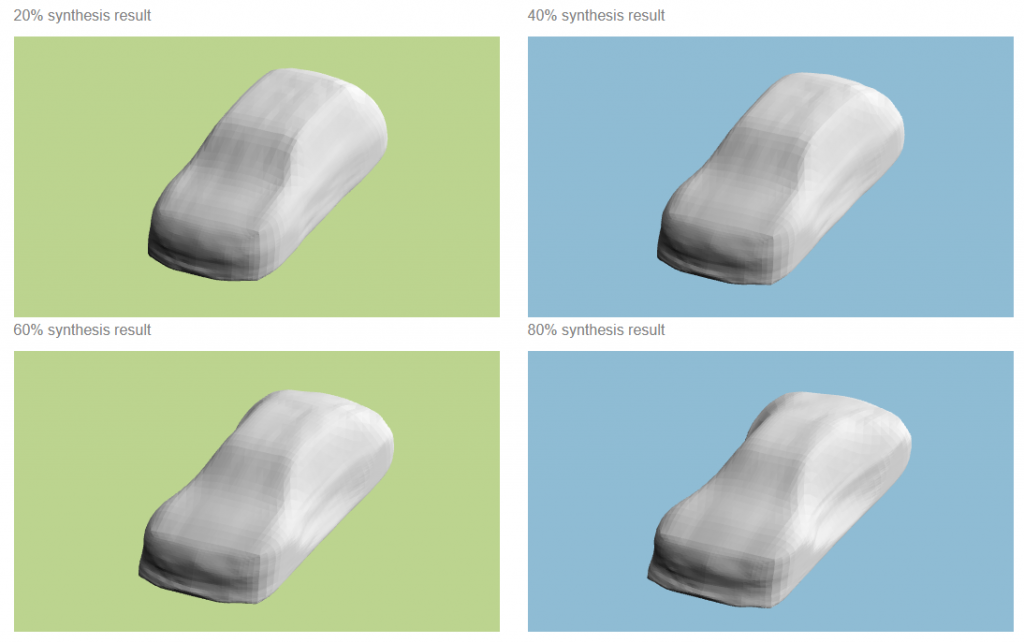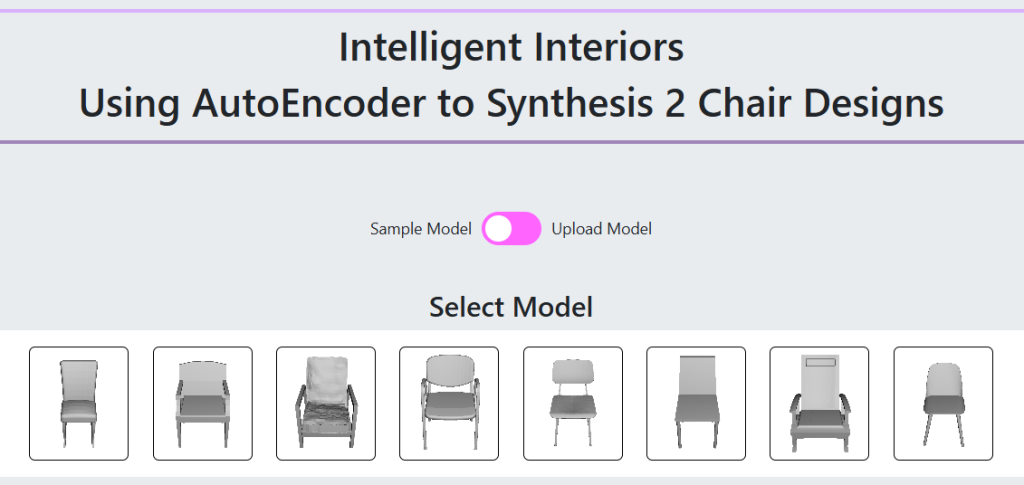Astraea Software is dedicated to pioneering advancements in 3D Artificial Intelligence. While generative AI models for 2D images and pictures are widely available, the 3D domain presents unique challenges with fewer existing solutions. Driven by our vision, we embarked on an extensive journey of trial and development to create a cutting-edge generative AI for 3D synthesis model. Through relentless innovation and dedication, we have successfully achieved this breakthrough with our product ARIES – 3D Synthesis Product.
ARIES Synthesis AI is one of the ARIES products that is capable of creating new models from datasets, Synthesis utilizes Variational Autoencoders (VAEs) to generate feature of 3D. By learning complex patterns, it creates unique and realistic designs, enhancing creativity and efficiency in various applications. This technology revolutionizes how 3D content is developed and utilized.
We develop two synthesis AI model with different approach, a car synthesis and a furniture synthesis.
You can experience the car shape synthesis function of the car body on the demo site. Twelve car body models are prepared on the demo site, and you can choose the base and style respectively and synthesize a new car body. You can also specify the composition ratio of the base and style.
For example, select a family car as the base and a sports car as the style, and consider the concept design of the family car with a sports taste.

We will search for the style that users like while changing the composition ratio of the style car such as 20%, 40%, 60%, 80%.

Or change your style car to a classic car, for example, and consider which taste your users prefer. The left is a classic taste and the right is a sports taste.

It takes only a few seconds to synthesize these shapes, and you can study the design as the designer thinks. Because AI is able to recognize the 3D shape of the car body, it become possible to instantly synthesize the shape.
Our demo site offers an exciting feature that allows you to explore furniture shape synthesis for both bottles and chairs. We provide eight pre-designed models for each category, giving you the flexibility to blend two models together. You can control the synthesis percentage from 1% to 100%, adjusting the style transfer to see which model has a more dominant influence.
There is two model to experiment with, you can switch between mode by click or swipe the toggle.

If you want to upload your own chair model, you can do so by switch to Upload Model Mode. Our system has been trained using 1000 chair models and 427 bottle models. As long as your model is similar to those in our training data, the synthesis results should be reasonable.
In theory, we could synthesize models using three or even five different models. However, we limit it to two models to avoid overly generalized results. This is because the latent space features of each model influence the final synthesized model.

If you upload a model that is not a chair or bottle, the result will be a random, generalized chair model. This happens because our encoder-decoder architecture is specifically designed for chair models and bottle models. When the input is not a chair or bottle, the encoder processes the information based on the latent space designed for chair models. Consequently, it make latent space that out of normal distribution, but because of the decoder architecture it will still generate chair model with unknown random shape character.
Reference Dataset :